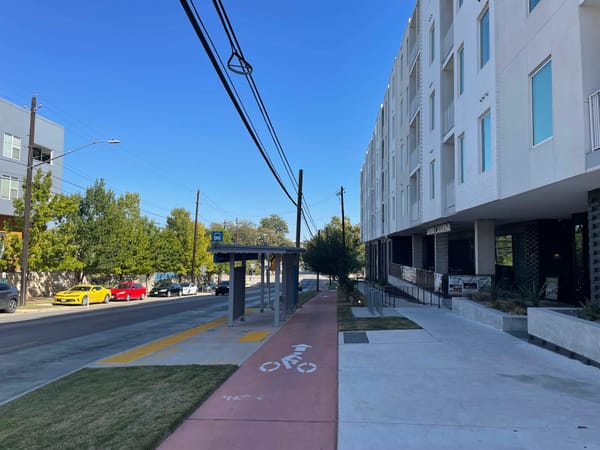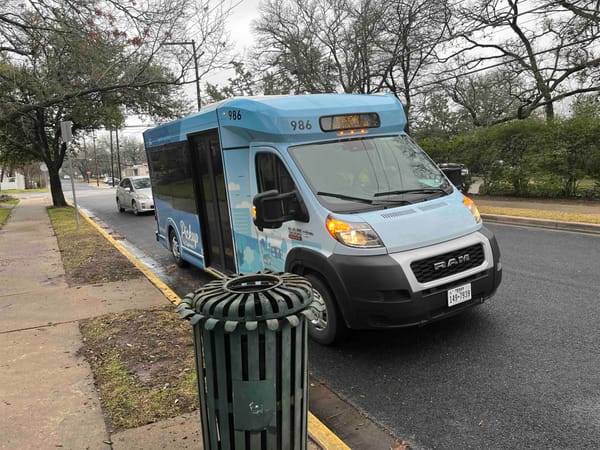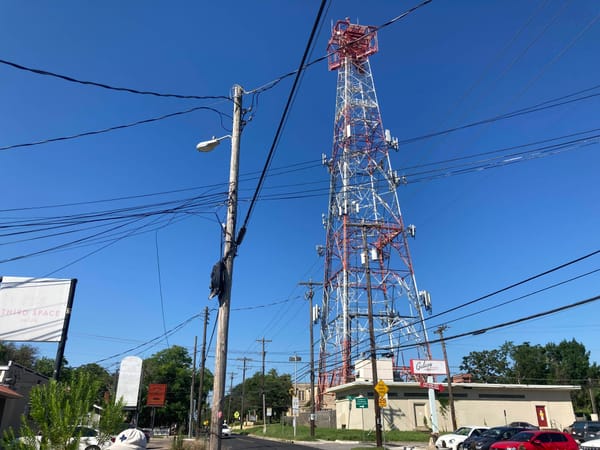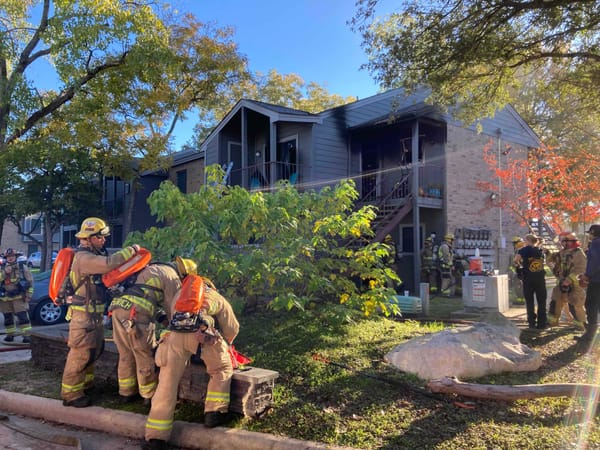New homeless data
What do we make of these numbers?
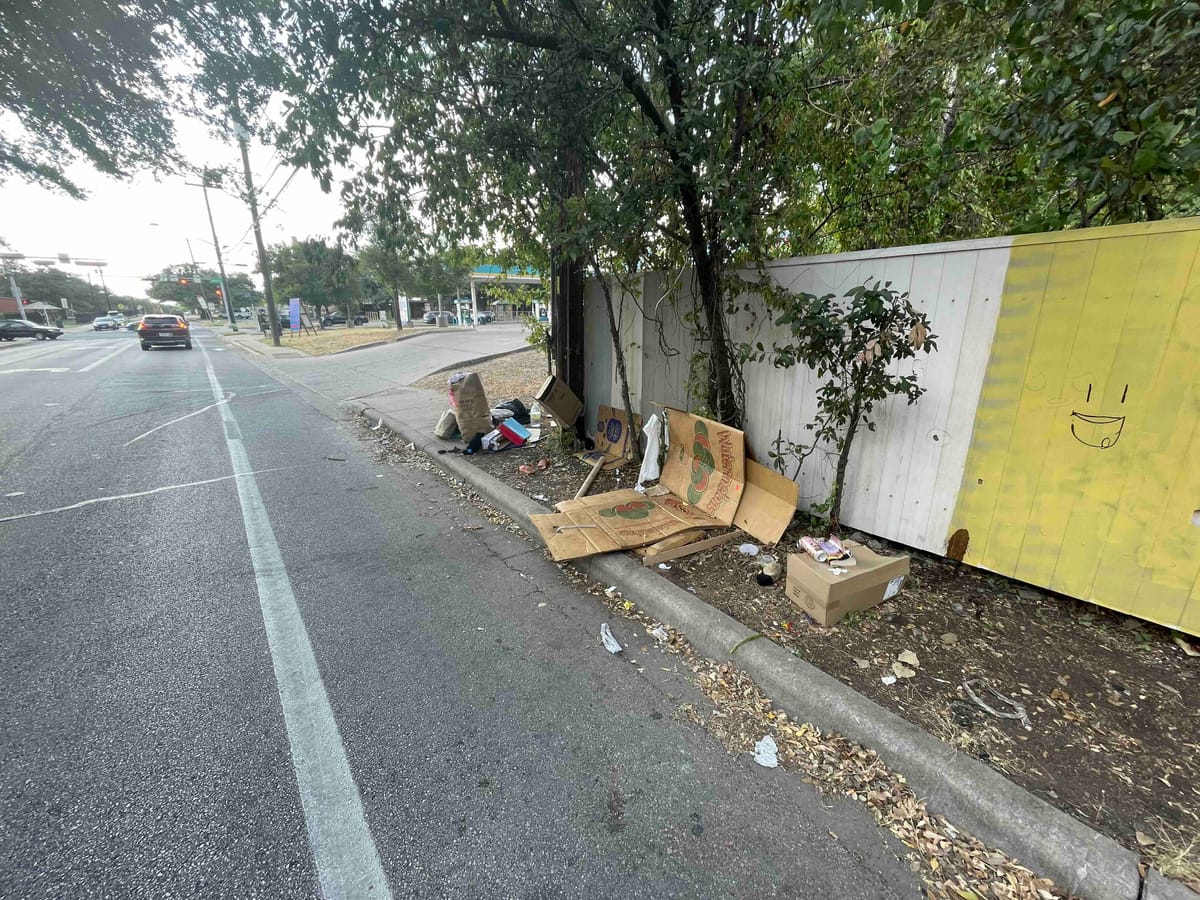
Today ECHO released the results of the 2025 Point In Time Count, which shows a substantial increase in the number of people experiencing homelessness in Austin from the previous count conducted two years before.
PIT counts are an attempt to literally count every homeless person in the city on one night. Hundreds of volunteers span out across the city one night in January, looking for people on sidewalks, in tents, under bridges.
Two years ago, volunteers counted 2,374 people. This year, they counted 3,238, a 36% increase.
This is the most dramatic increase between counts in recent history. Whether that reflects a genuine increase in homelessness in the city or simply a more thorough count is unclear. There weren't more volunteers this year, for what it's worth.
Everybody agrees that PIT counts are imperfect, but there are differences of opinion of just how imperfect.
"I'm a big advocate for taking that number and throwing it out the fucking window," Chris Baker, founder of The Other Ones Foundation, told me during an interview for my podcast in January. "Because it doesn't mean anything."
In Baker's own experience, he felt that PITs resulted in dramatic undercounts. However, a lot of federal money is tied to PITs, so we gotta do them.
Slightly more than half of those counted, 1,661, were in shelters. The remaining 1,577 were outdoors. It's good the sheltered population is larger than the unsheltered population, but the problem is that they've both gotten bigger, at least according to the count.
The PIT count is just one of many indicators that homelessness is probably on the rise. Even though there more people are being housed, there are still people falling into homelessness for a variety of reasons.
The PIT count is often misleadingly compared to other figures. Consider this press release last year from Save Austin Now:
Our homeless population, according to the Point-in-Time count from last year, tripled from 2022 to 2023 from roughly 2,300 to 6,000.
That of course is untrue. What is likely happening is that SAN is taking the 2022 PIT count and then comparing it to the total number of people that did a coordinated assessment with ECHO.
The bottom line is there are likely far more people experiencing homelessness than the PIT count captures, but it's important not to compare apples to oranges.
Rents are down but homelessness is up
Yeah, what's up with that? There is an undeniable link between housing costs and homelessness, but the fact that rent has declined over the past two years doesn't appear to have reduced the number of people on the street is a reminder that there are plenty of other factors at play, notably mental illness, addiction and other forms of economic hardship.
If nothing else, I suppose we can say that had rents not decreased, the situation likely would have been even worse.
More housing, but homelessness up
The city's homelessness response system has significantly expanded in the last couple years. The city devoted about $100M of federal dollars from the American Rescue Plan to bolstering shelter capacity and rapid re-housing –– where people are simply given a market-rate apartment and have their rent covered for 12-24 months.
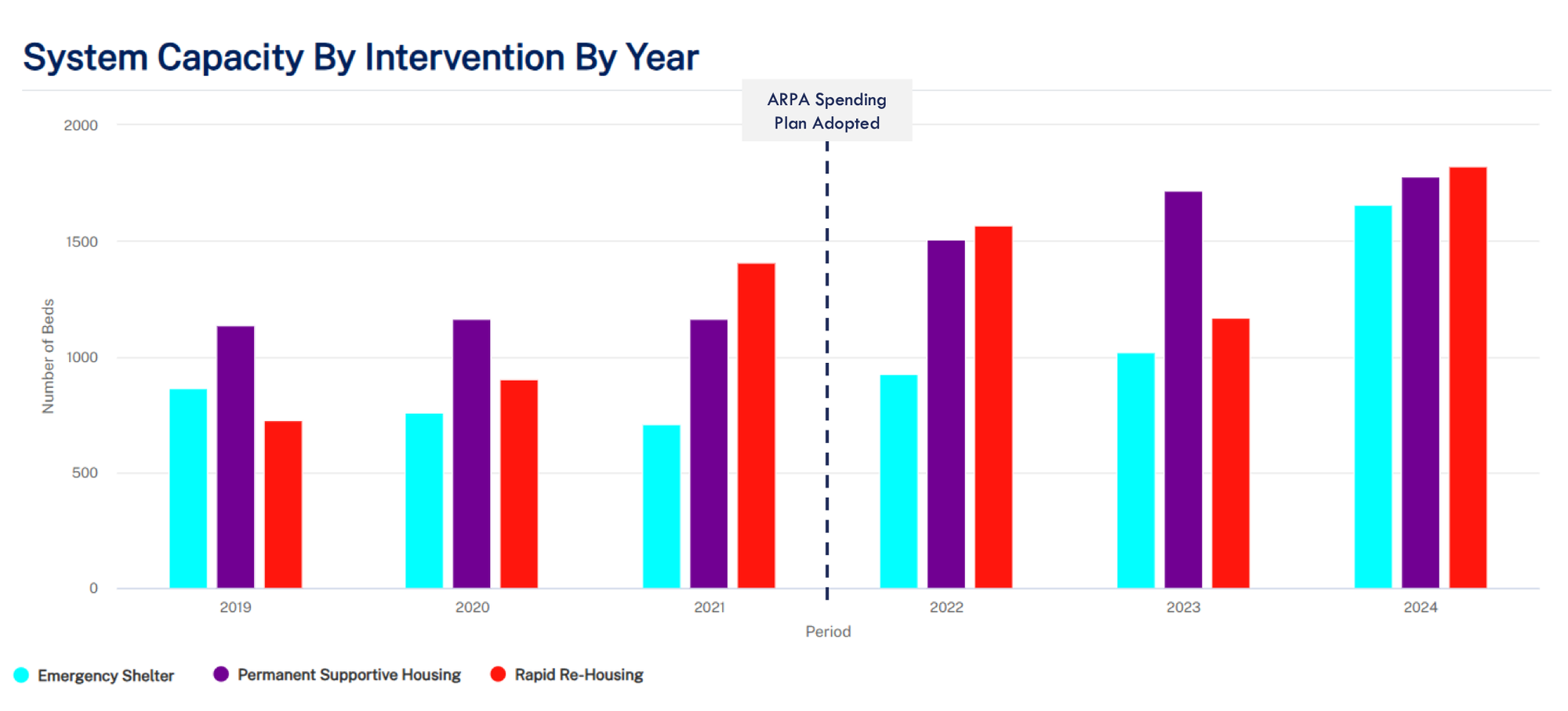
There has been criticism of the city's emphasis on rapid re-housing. People who need far more intensive services (through Permanent Supportive Housing) who are put into RRH often simply end up back on the streets when their subsidy expires. That is what some advocates worry has happened with a lot of RRH recipients.
Camping bans don't reduce homelessness...but they do reduce visibility
If you look at the counts from the previous years, you'll see that there wasn't a huge change in the overall numbers between 2017-2023, but you'll see that in the 2020 count, which was conducted right before Covid hit, there is a big surge in unsheltered homeless. I think that really illustrates the effect of ending the camping ban in 2019 –– it didn't really increase homelessness, but it definitely increased visible homelessness.
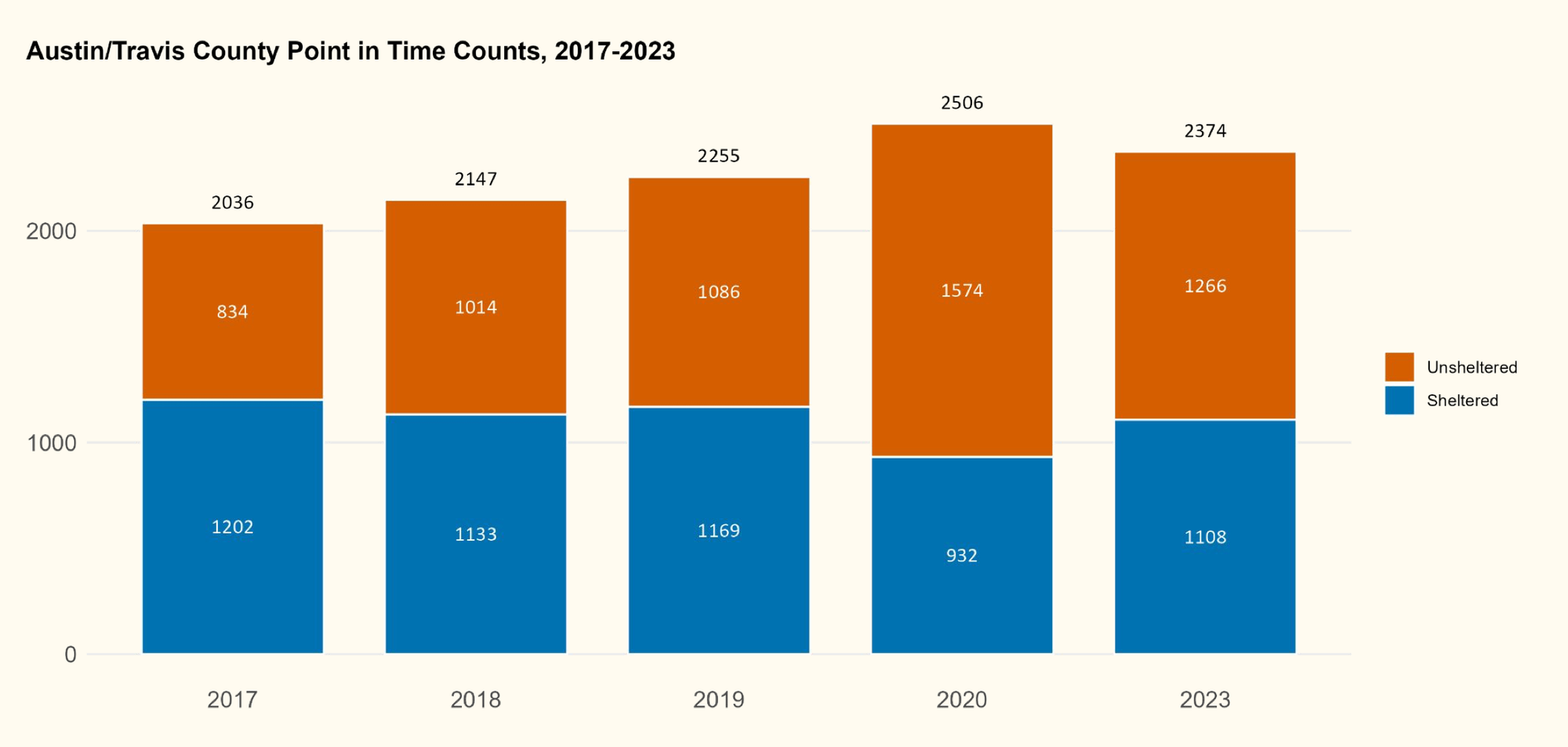
Earlier this week David Gray, who oversees the city's Homeless Strategy Office, laid out a proposed investment plan for homelessness totaling just over $100 million a year, roughly double the current annual investment. Next week I'll dig deeper into that.
If somebody forwarded you this email, please consider subscribing to the newsletter by visiting the website.


